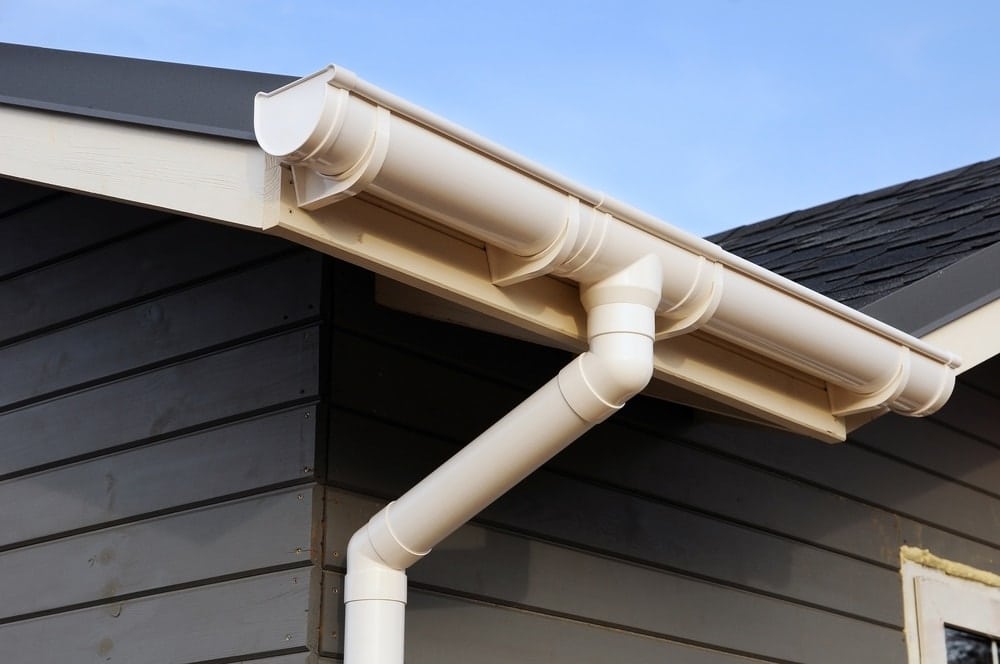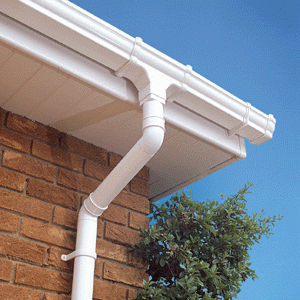
Guttering Specialists
Add a review FollowOverview
-
Founded Date November 27, 1905
-
Sectors Analytical Research and Development
-
Posted Jobs 0
-
Viewed 21
Company Description
15 Up-And-Coming Downspouts Bloggers You Need To See

Understanding Gutter Downspouts: Importance, Types, and Maintenance
Gutter downspouts are vital components of any roofing system, playing a crucial function in managing rainwater and securing residential and commercial structures from water damage. This post will delve into the significance of gutter downspouts, the various types available, and crucial maintenance pointers to ensure they operate successfully.

The Importance of Gutter Downspouts
Gutter downspouts are vertical pipelines that direct rainwater gathered by gutters far from the foundation of a building. These systems help avoid a wide range of issues, including:
- Foundation Erosion: Without correct drainage, water can pool around the structure of a structure, resulting in soil erosion and potential structural damage.
- Basement Flooding: Excess water can permeate into basements, causing flooding that might result in costly repairs and a favorable environment for mold development.
- Landscape Damage: Inefficient drainage can cause soil erosion in gardens and yards, adversely affecting plant health and landscaping stability.
- Wall and Roof Damage: Improperly routed rainwater can harm siding, roof products, and result in wood rot, which further contributes to structural deterioration.
Due to these significant functions, house owners and residential or commercial property managers must pay very close attention to gutter downspout style and maintenance.
Kinds Of Gutter Downspouts
There are a number of kinds of gutter downspouts offered, each serving particular functions based on the architecture of the building and the volume of water overflow.
1. Standard Downspouts
The most common type, standard downspouts, are generally rectangle-shaped or round and are connected straight to the gutter system. These are usually made of:
- Aluminum: Lightweight and resistant to corrosion.
- Vinyl: Affordable and easy to set up, though less resilient than metal options.
- Steel: Very resilient but can rust without a protective finish.
2. Leader Pipes
Leader pipes are frequently used in combination with basic downspouts to reroute water far from building foundations in areas with heavy rainfall. They’re generally bigger than standard downspouts and designed for high-capacity drainage.
3. Extensions and Diverters
Extensions and diverters are additional components used with downspouts to control the instructions of the water circulation. They can direct water even more away from the structure or into rain barrels for harvesting, lowering waste.
4. Crushed Stone Drainage Systems
These systems include crushed stone to assist disperse water more evenly across areas of landscaping, lessening erosion and permitting the ground to soak up more rainwater.
5. Rain Barrels
Rain barrels are typically linked to downspouts, making it possible for homeowners to collect and save rainwater for later use in irrigation, assisting conserve water and lower utility costs.
| Type | Description | Typical Materials |
|---|---|---|
| Basic | Most common, direct water from gutters. | Aluminum, Vinyl, Steel |
| Leader Pipes | High-capacity systems for heavy rains. | Varies (metal/plastic) |
| Extensions | Modifies direction of water stream far from foundation. | Plastic, Metal |
| Crushed Stone | Diffuses water throughout landscaped locations. | Crushed Stone, Gravel |
| Rain Barrels | Collects runoff for irrigation and water preservation. | PVC, Plastic, Wood |
Preserving Gutter Downspouts
Regular maintenance of gutter downspouts is essential to avoid blockages and make sure that water is directed away from the structure effectively. Here are some important pointers:
1. Regular Cleaning
Particles such as leaves, twigs, and dirt can build up in downspouts, resulting in obstructions. It is recommended to:
- Clean a minimum of two times a year: Once in spring and as soon as in fall.
- Use a garden trowel: Remove big debris lodged in the downspout.
- Utilize a plumbing snake: For consistent blockages, a snake can assist remove any collected material.
2. Inspect for Damage
- Examine for rust: Metal downspouts must be checked for indications of deterioration.
- Search for bends or kinks: Ensure that the downspout is straight to enable proper drainage.
- Examine joints and seals: Cracks or loose fittings might require sealing or replacement.
3. Make Sure Proper Alignment
Downspouts must be placed to permit gravity-assisted drainage:
- Use a level: Ensure they slope away from the foundation at a small angle.
- Change extensions: If they divert water towards the structure instead of away from it.
4. Think About Seasonal Preparation
In areas with freezing temperatures, house owners must:
- Winterize downspouts: Clear any water or ice to avoid freezing and subsequent damage.
- Set up heated cable televisions: These can prevent ice dams in colder environments.
Frequently Asked Questions about Gutter Downspouts
Q1: How typically should I clean my gutter downspouts?
A1: It is advised to clean your gutter downspouts a minimum of two times a year, preferably in spring and fall, but more often if your home is surrounded by trees.
Q2: What can I do if my downspouts are clogged?
A2: You can eliminate debris by hand with a trowel or use a pipes snake to clear clogs. If the issue continues, think about employing a professional service.
Q3: Is it necessary to install extensions on downspouts?
A3: Extensions are helpful as they help direct water further far from the structure, decreasing the danger of disintegration and damage.
Q4: Can I set up gutter downspouts myself?
A4: Yes, many homeowners can install gutter downspouts using easily offered materials and tools; however, if you’re unsure, working with a professional may ensure compliance with local structure codes.
Q5: How do I understand if my gutter downspouts are working properly?
A5: Observe the water flow during and after rains; if water is pooling around the foundation or backing up in the gutters, it may suggest a problem with the downspouts.
Gutter downspouts are important in a detailed drainage system, safeguarding structures from possible disasters triggered by water damage. Comprehending the types of downspouts available and their maintenance requires can improve their effectiveness and longevity. Regular evaluations and proper care will make sure that these parts perform their important functions, securing both the structure and surrounding landscape efficiently.
